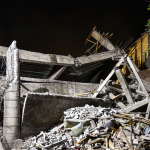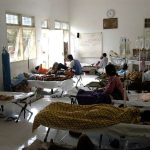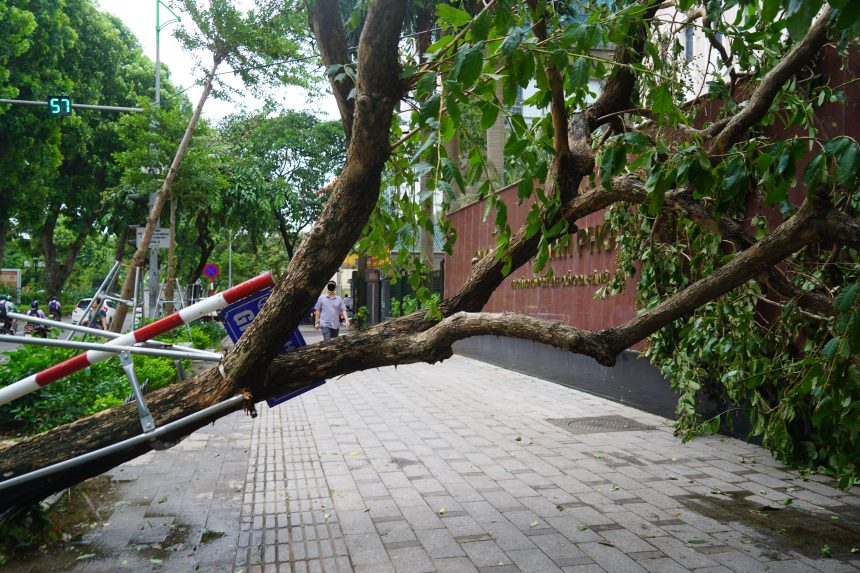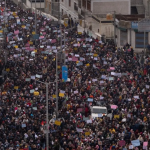A powerful storm system, formerly Typhoon Bualoi, has wreaked havoc across central Vietnam, killing at least 11 people and leaving dozens more injured as it made landfall and lingered over the region.
Landfall, Aftermath & Toll
- Bualoi struck Vietnam on 28 September 2025, bringing with it intense winds, torrential rains, and the risk of flooding and landslides.
- The storm lingered inland for an unusually long duration—some reports estimate 6 to 11 hours—which exacerbated its destructive potential.
- In addition to the fatalities, 33 people were injured.
- Before reaching Vietnam, the system had already caused damage and loss of life in the neighboring Philippines, where at least 11 people were reported killed in earlier stages of the storm.
Destruction, Disruption & Damage
- In its wake, tens of thousands of homes were reported damaged, dozens of schools and health centers also hit, and widespread power outages were reported across affected provinces.
- Several airports in central Vietnam were closed, leading to flight cancellations and disruptions.
- Coastal regions saw fishermen missing or boats swept away; in Quang Tri province, several fishing vessels were unaccounted for.
- The storm’s heavy rainfall also brought flooding and landslides. Some regions recorded more than 30 cm of rain within a 24-hour period, especially in northern and central provinces.
Government Response & Rescue Efforts
- Vietnamese authorities mobilised rescue teams, emergency personnel, and the military to search for survivors, assist those trapped, and restore basic services.
- Evacuations were carried out in vulnerable zones ahead of the storm’s landfall—nearly 30,000 people were reported evacuated as a precaution.
- Prime Minister Phạm Minh Chính urged intensified relief operations and declared that support be prioritised to the worst hit areas.
- Given the risk of further flooding, authorities also coordinated dam discharges and river water management to reduce sudden surges.
Warnings & Continuing Risks
- Even though Bualoi has since weakened into a tropical depression heading toward Laos, heavy rain remains a serious threat.
- Many areas remain vulnerable to flash floods, especially in mountainous or riverine terrain.
- With infrastructure damage, downed power lines, and roads washed out, further humanitarian challenges are anticipated—especially in more remote communes.
This tragic event underscores how storms—particularly those that stall or linger inland—can intensify their destructive capability. The combination of wind, rain and topography can turn even a weakened typhoon into a severe flooding and landslide hazard. Vietnam’s ability to respond quickly and assist displaced communities will be critical in the hours and days ahead.











